Formalism describes the critical position that the most important aspect of a work of art is its form – the way it is made and its purely visual aspects, such as line, shape, repetition, rhythm, and balance.
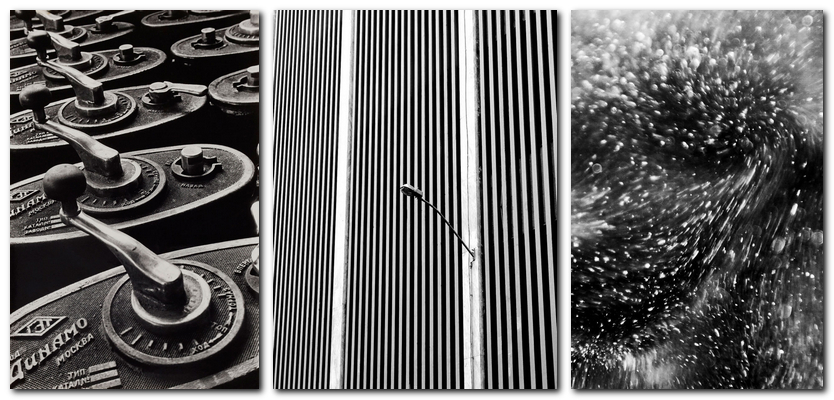
Photographs are ideological constructs, a different way of saying that they don’t simply show us what is ‘factual’ or ‘real’. However, on the other hand and argument could be that photo literacy in part depends on an understanding of the formal or visual elements, some of which are acquired from the visual arts.
Superficially, it might suggest an ability to “read” a photograph, to analyse its form and meanings. Photo Literacy is therefore a specific type of understanding that combines visual, linguistic, emotional and physical acuity.
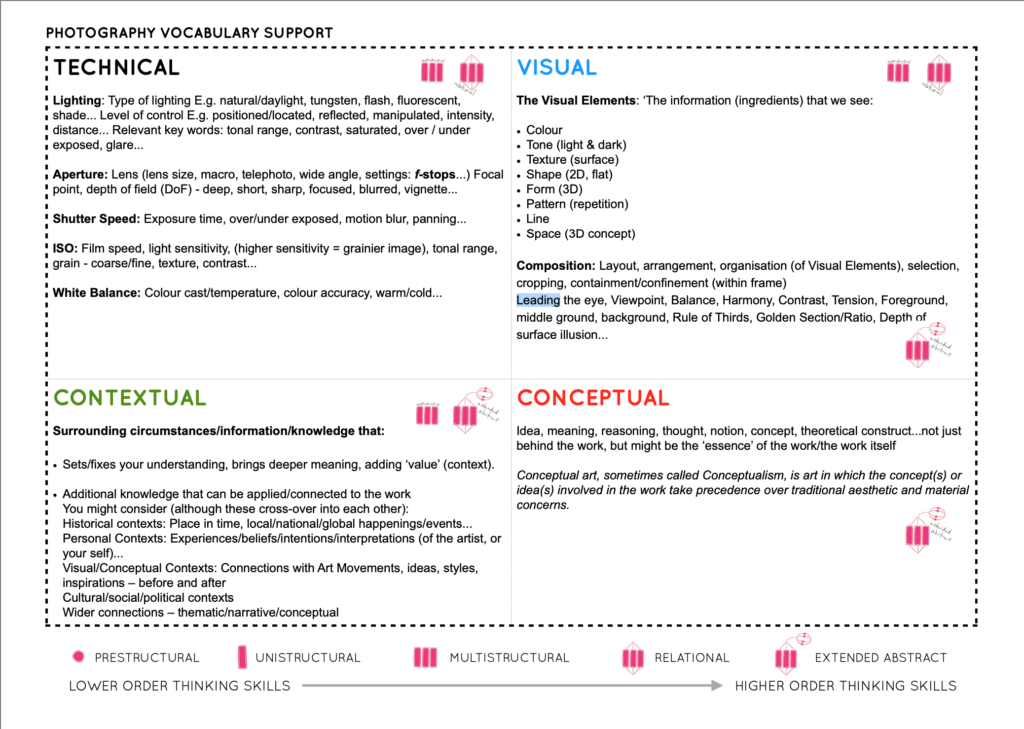
Visual language shown on a photography work implies a pictorial communication media in telling a story or a particular event.

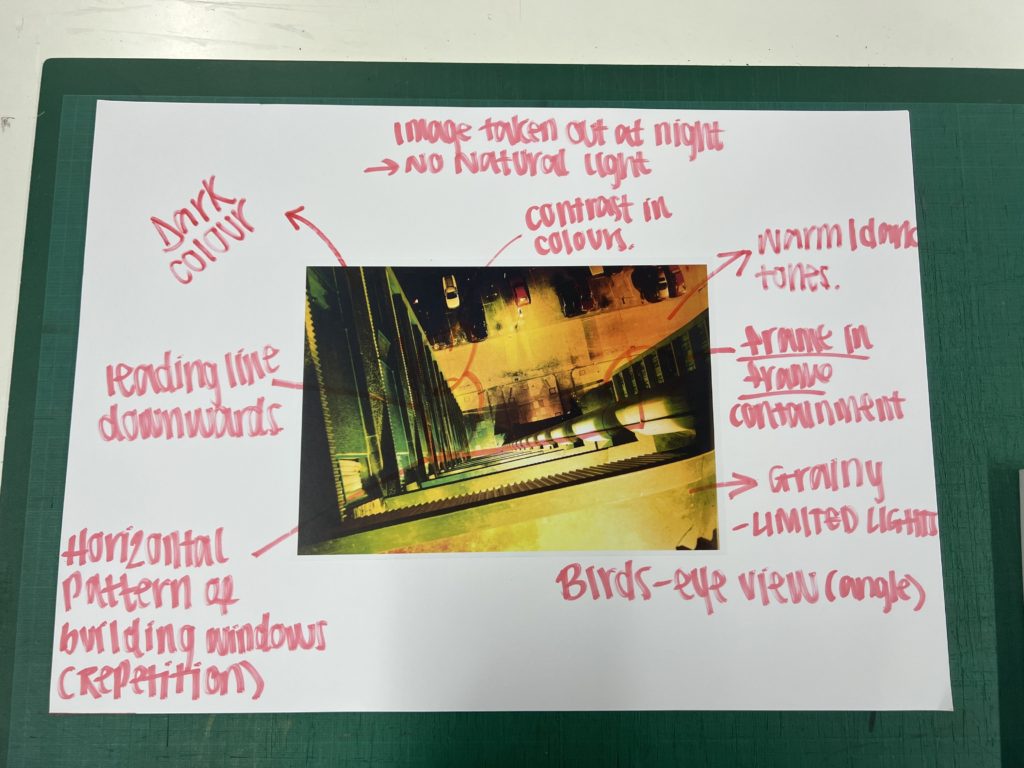
ARTIST REFERNCE
WALKER EVANS
Walker Evans began to photograph in the late 1920s, creating snapshots during a European trip. When he retuned to New York in 1930, he published his first image. During the Great Depression he started to photograph for the Resettlement Administration.

DARREN HARVEY-REGAN
Harvey-Regan first constructed a montage of Evans’s images to make new forms of photography. He began to cut up various objects and putting them back together in a different form.

Fibre-based handprint, mounted, wooden frame with museum glass
ANALYSE DIFFERENT ARTIST PHOTOGRAPHY
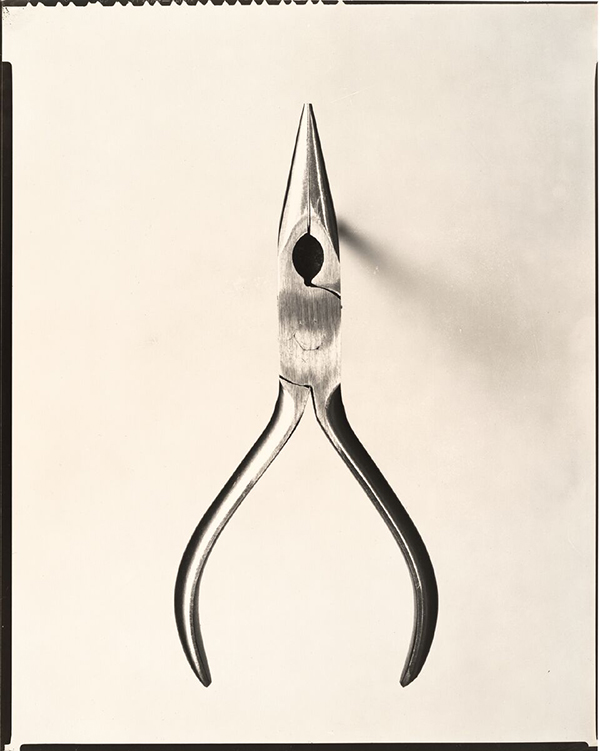
WALKER EVANS 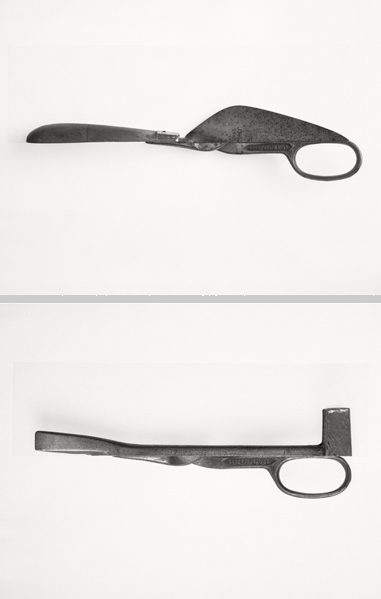
DARREN HARVEY-REAGAN
These are 2 different photography artist that have similar style in photography, however Darren Harvey-Reagan was inspired by Walker Evans’ work. Both images have a a basic layout of one simple object with a neutral background. The shape seems 2D however Evans slightly elevates his images to create a slight shadow. The photos are balance due to the objects being placed in the centre and the image having equal strong lighting. Harvey-Reagans work is slightly different and unique as he takes apart the objects photographing them differently or creating an un-usual object with the parts.

Alice…you should add the poster you made too here